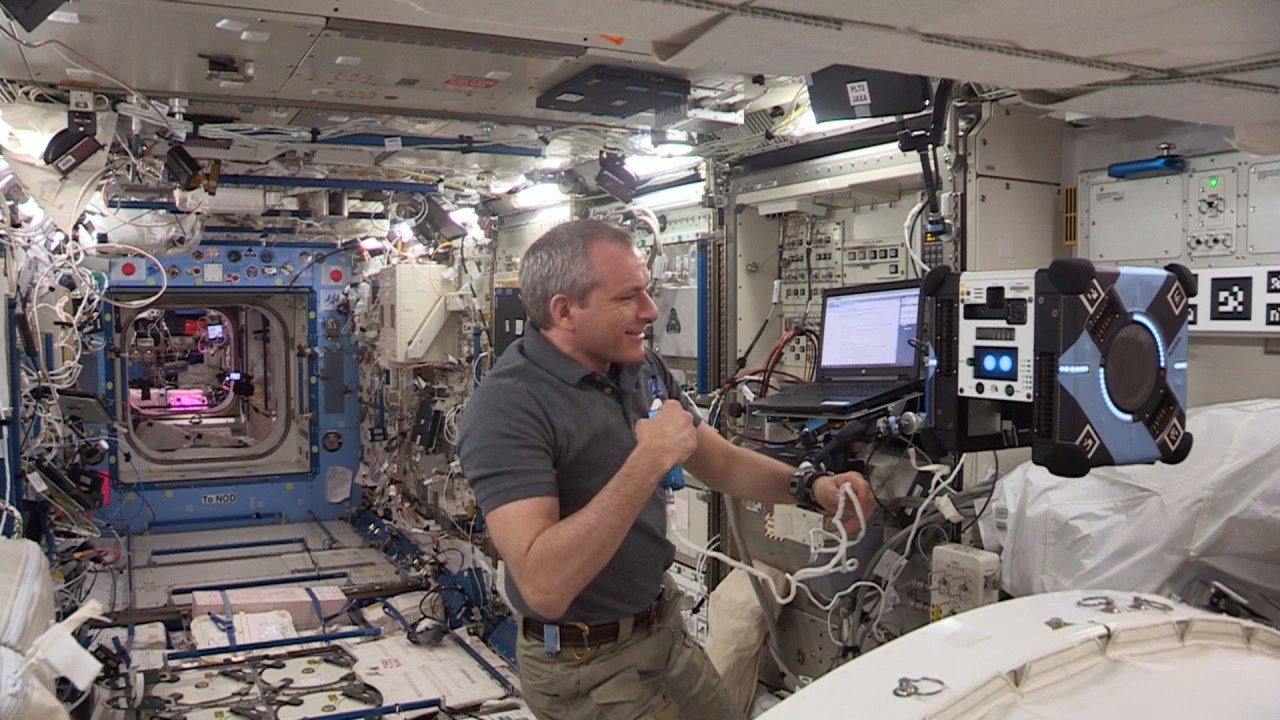In the ever-evolving world of space exploration, NASA continues to make incredible advancements. Among the most exciting developments is the introduction of the Astrobee robots, designed to assist astronauts aboard the International Space Station (ISS). The recent milestone of Bumble, one of the Astrobee robots, successfully flying independently in space for the first time marks a significant step forward in robotic technology and autonomy in extraterrestrial environments. Let’s explore what this means for the future of space missions!
Understanding the Astrobee Robots
The Astrobee series comprises three innovative robots: Bumble, Honey, and Queen. Each of these free-floating, one-foot-cubed droids was developed at NASA’s Ames Research Center and is equipped with an array of technology to assist human astronauts. These robots are not just cool gadgets; they possess a functional purpose that could revolutionize life in space.
- Communication and Coordination: The Astrobee robots can communicate and work together to perform tasks, sharing data and coordinating their movements much like teammates in a relay race.
- Documentation: Each robot is equipped with cameras that allow them to document experiments and activities on the ISS, providing a valuable resource for researchers.
- Maintenance Support: As these robots evolve, their ability to perform basic maintenance tasks will relieve astronauts of some of their workload, enabling them to focus on research that requires human intuition and creativity.
Bumble’s Pioneering Flight
Bumble’s inaugural solo flight might not have been a dramatic spectacle, but it was a profound achievement for NASA’s robotics team. During this brief venture, Bumble managed to move approximately a foot forward while executing a few rotations. These fundamental maneuvers were crucial for testing its propulsion system and accuracy, proving that Bumble was ready to take on more complex tasks in the future. Think of it as a toddler taking their first steps — every little movement is a significant leap toward independence.
The Future of Space Robotics
The vision for the Astrobee robots goes beyond just a single flight. As technology continues to progress, we envision a future where these robots autonomously conduct experiments, monitor environmental conditions, and provide support to astronauts. The potential for enhanced collaboration between humans and robots could accelerate research in various fields, from medicine to materials science, outside of our planet.
Conclusion: A New Era in Space Exploration
Bumble’s successful flight marks the beginning of a new era in the relationship between human astronauts and robotic helpers in space. With ongoing advancements, the Astrobee series promises to redefine how we think about assistance in the challenging environment of space. As NASA continues to explore innovative robotic solutions, one can only wonder what the next phase of space exploration will hold.
At fxis.ai, we believe that such advancements are crucial for the future of AI, as they enable more comprehensive and effective solutions. Our team is continually exploring new methodologies to push the envelope in artificial intelligence, ensuring that our clients benefit from the latest technological innovations.
For more insights, updates, or to collaborate on AI development projects, stay connected with fxis.ai.

